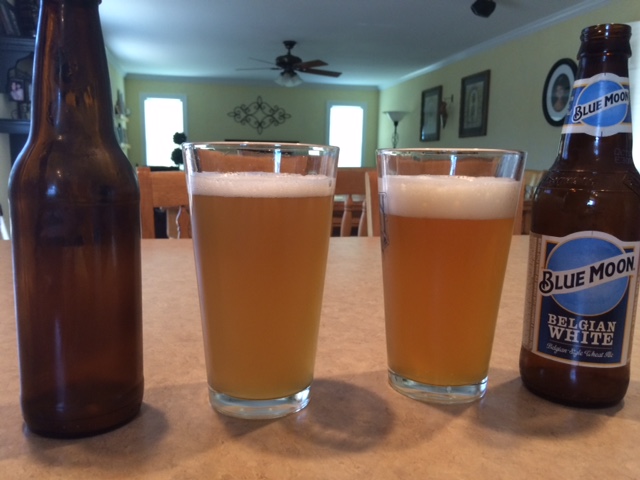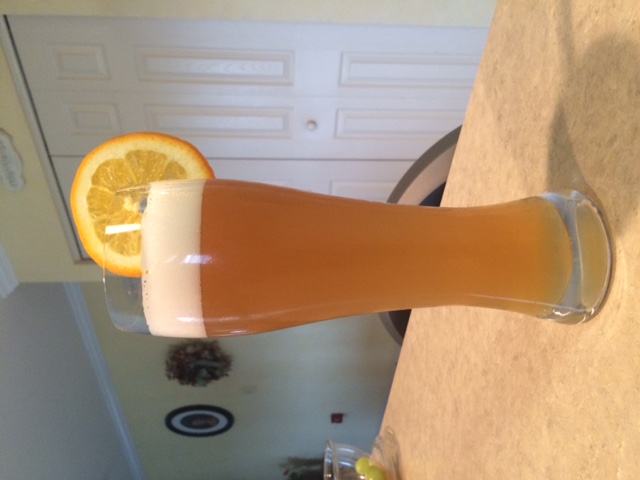Actually, I believe Nilo states that he believes #12 is the closest, but a lot of people have said the flavor profile is a little off due to the use of the Crystal.
I would be interested to find out what the results would be like if using a similar recipe to Wayne's original with perhaps the Steel Cut Oats as Keith Villa claims they use to make Blue Moon. Nilo used starch to obtain the body, haze and mouthfeel but I'm thinking that the use of Steel Cut could deliver similar results.
Both are actually correct. #8 was the most voted in a pool I started on my blog, however, #12 was "to my taste" the better one.
I'm still dry but pick here once in a while to see where this thread is heading.
I still have all records of all batches, in case someone needs any details. Doing some electronics to keep busy, but all brewing gear is safe and stored. Gotta get back brewing someday
















































![Craft A Brew - Safale BE-256 Yeast - Fermentis - Belgian Ale Dry Yeast - For Belgian & Strong Ales - Ingredients for Home Brewing - Beer Making Supplies - [3 Pack]](https://m.media-amazon.com/images/I/51bcKEwQmWL._SL500_.jpg)













